There’s something magical about discovering a classic diner tucked away on America’s lesser-traveled roads. These aren’t the flashy chain restaurants you’ll find cluttering the interstate exits. Instead, they’re the real deal—family-owned gems that have been serving up comfort food and friendly conversation for decades, sometimes for generations.
Blue highways, those smaller roads marked in blue on old atlases, wind through the heart of America where authentic diners still thrive. These establishments represent more than just places to grab a bite; they’re cultural landmarks that preserve the spirit of small-town America. Here is a list of 17 classic diners that embody the true essence of roadside dining culture.
Lou Mitchell’s – Chicago, Illinois
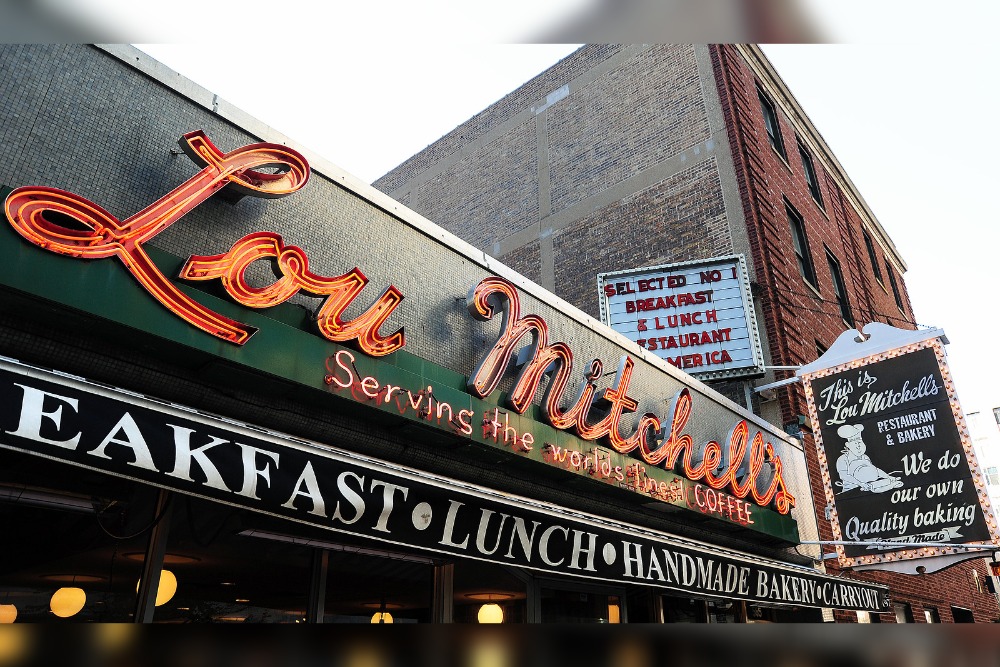
This Near West Side institution has been feeding travelers since 1923, back when Route 66 officially began just outside its doors. The waitresses still call you ‘honey’ while every meal starts with complimentary milk duds and double-yolk eggs that arrive thick as hockey pucks.
Lou Mitchell’s represents the original roadside diner experience, complete with worn counter stools and coffee strong enough to wake the dead.
Al’s Breakfast – Minneapolis, Minnesota
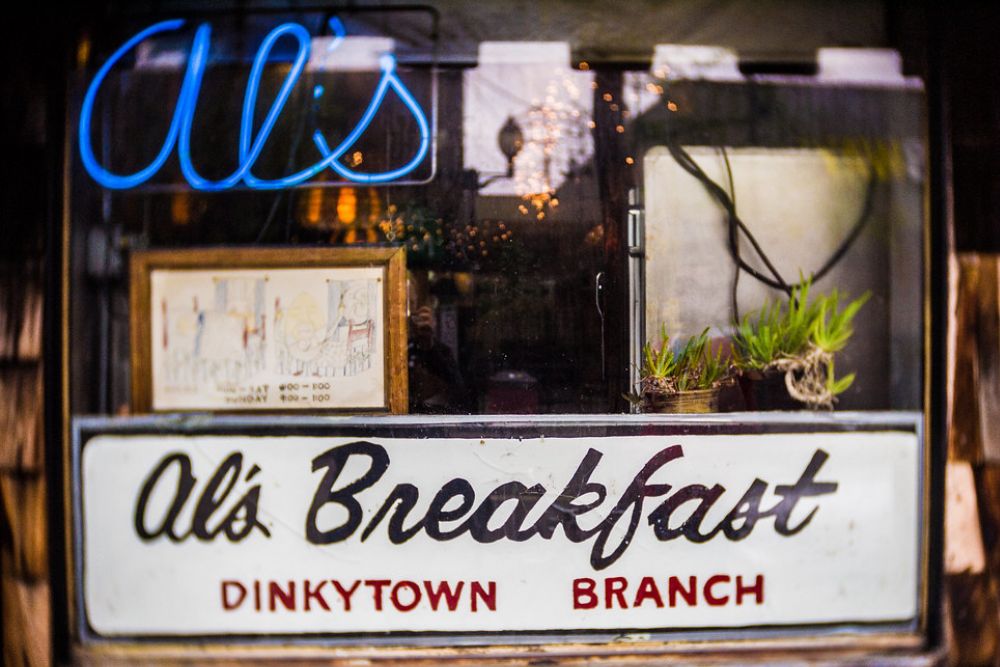
Squeezed into a space barely 10 feet wide, Al’s has served the University of Minnesota crowd since 1950. The diner fits exactly 14 people at one time—and the grill master works in a kitchen so small he can touch both walls simultaneously.
Don’t expect fancy here; expect perfect pancakes and hash browns that’ve converted countless college students into lifelong breakfast enthusiasts.
Like Travel Pug’s content? Follow us on MSN.
Mel’s Drive-In – San Francisco, California
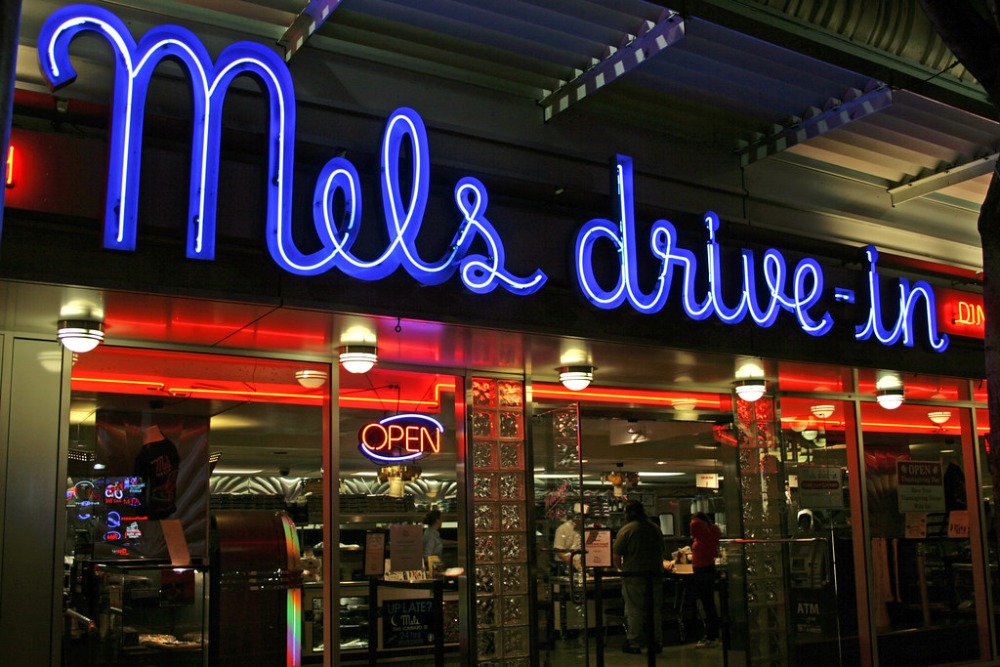
This Art Deco beauty opened in 1947 and became the inspiration for countless movies about American diner culture. The neon sign still glows bright against the San Francisco fog, while the vintage jukebox plays classic hits from the golden age of rock and roll.
Mel’s proved that diners could be both nostalgic and cutting-edge, setting the standard for West Coast roadside dining.
Mickey’s Diner – Saint Paul, Minnesota
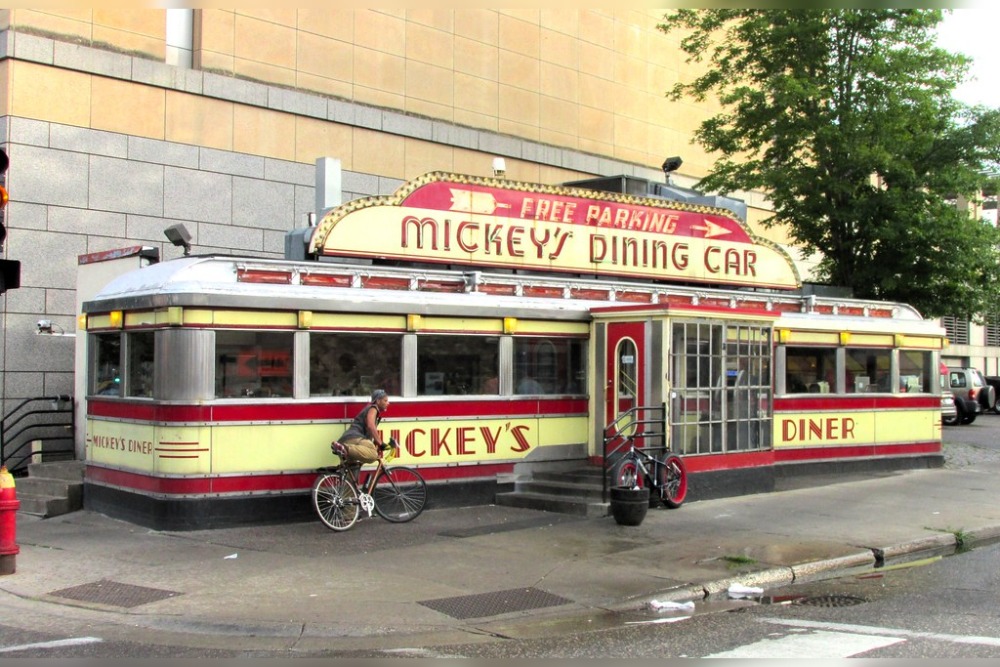
Built in 1937 and opened in 1939, this classic dining car earned its place on the National Register of Historic Places in 1983. The red and yellow exterior hasn’t changed much since FDR was president—neither commits to serving hearty meals around the clock.
This place survived the Great Depression, multiple economic downturns, yet still manages to make the best pie crust in the Twin Cities.
The Yankee Doodle – New Haven, Connecticut
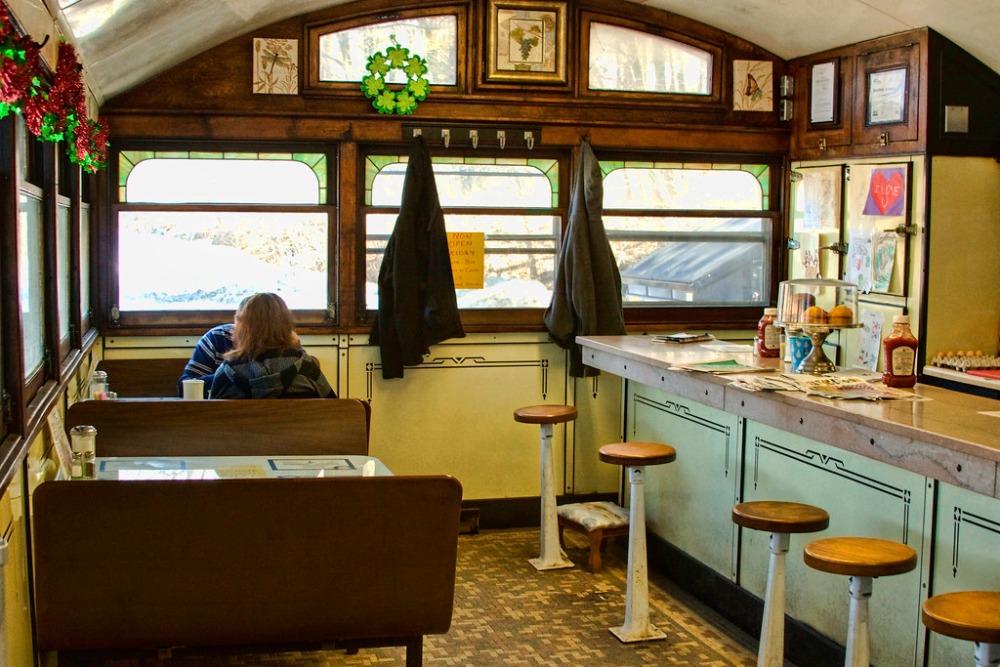
Operating since 1950 near Yale University, this tiny establishment proves that good things do come in small packages. The griddle stays hot 24 hours a day—and the burgers get cooked exactly the way your grandfather would’ve made them.
Local cab drivers and college professors sit side by side at the counter, united by their appreciation for no-nonsense American food.
Like Travel Pug’s content? Follow us on MSN.
The Diner – Adams, Massachusetts
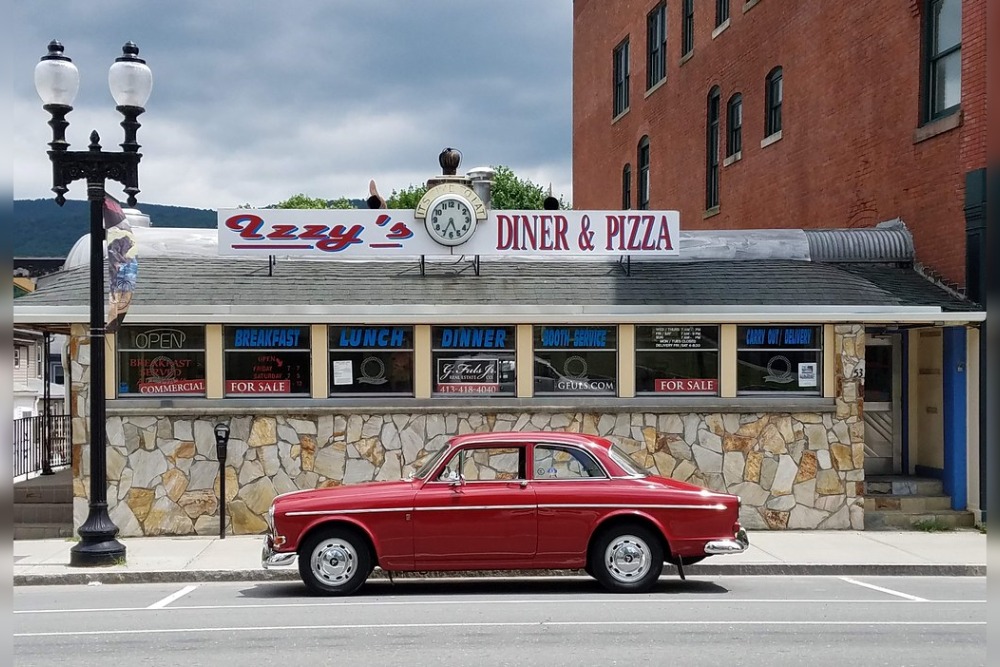
Built in 1949 by the Worcester Lunch Car Company, this authentic diner car has served the Berkshire Mountains community for over seven decades. The original marble counter and red vinyl stools remain unchanged, while the chrome exterior still gleams like it did when Truman was president.
The Diner became a cultural icon, though never forgot that great diner food starts with fresh ingredients and honest preparation from a kitchen no bigger than most walk-in closets.
The Shady Glen – Manchester, Connecticut
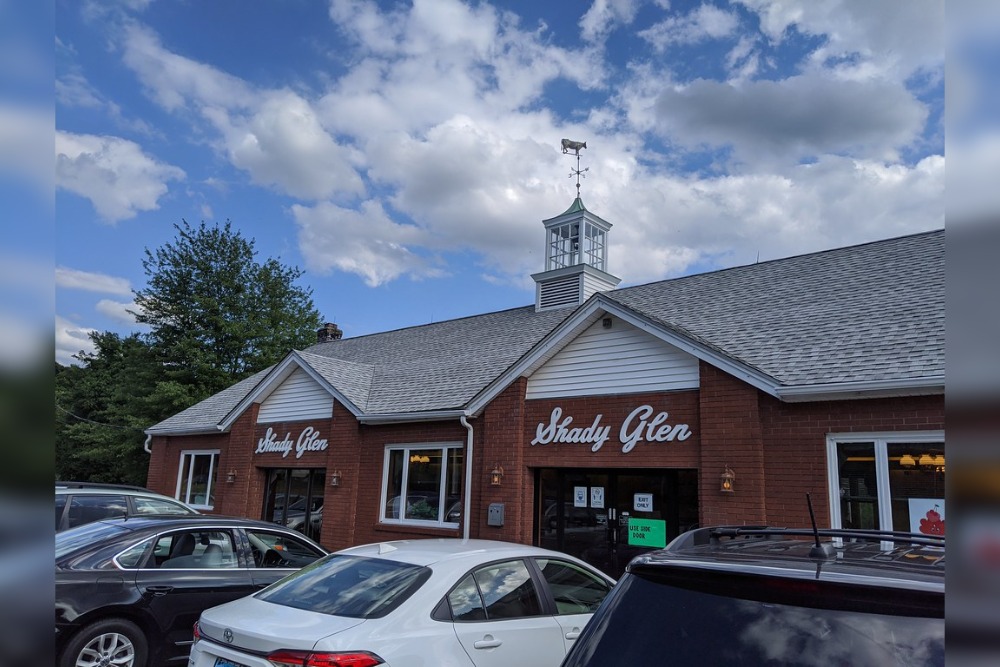
Since 1948, this family-owned spot has served cheeseburgers with cheese that extends beyond the bun like crispy lace curtains. The technique creates an edible work of art that locals guard more fiercely than state secrets.
Shady Glen proves that innovation and tradition can coexist beautifully when they’re in the right hands.
White Manna – Hackensack, New Jersey
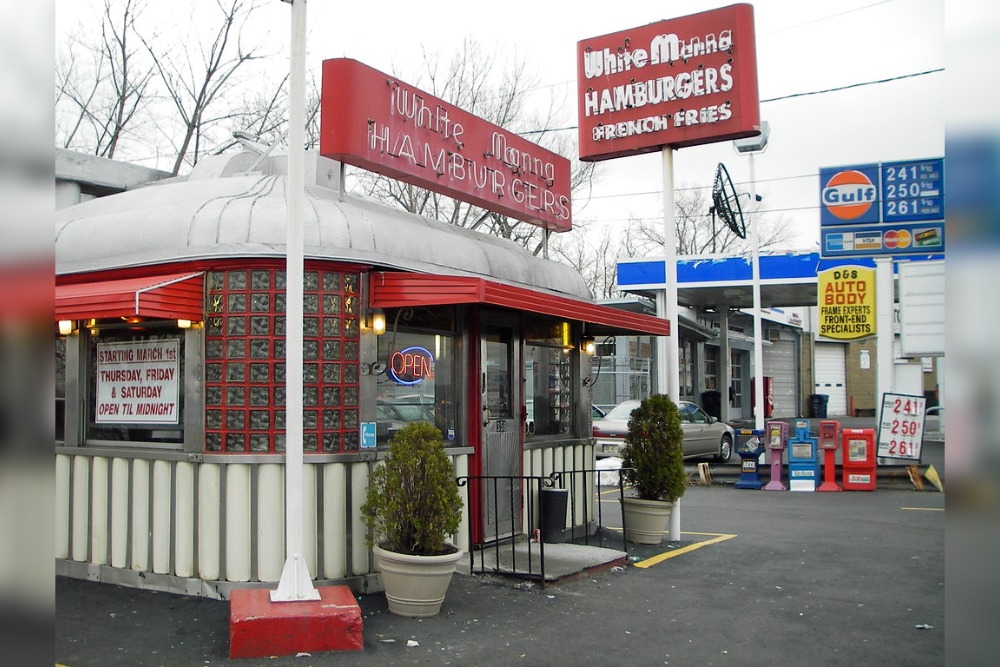
This diminutive burger joint—no bigger than most people’s living rooms—has been grilling sliders since 1946. The onions get cooked directly into the thin patties, creating a flavor combination that’s converted skeptics into believers for over seven decades.
White Manna demonstrates that excellence doesn’t require space, just dedication to doing one thing perfectly.
Like Travel Pug’s content? Follow us on MSN.
The Tastee Diner – Bethesda, Maryland
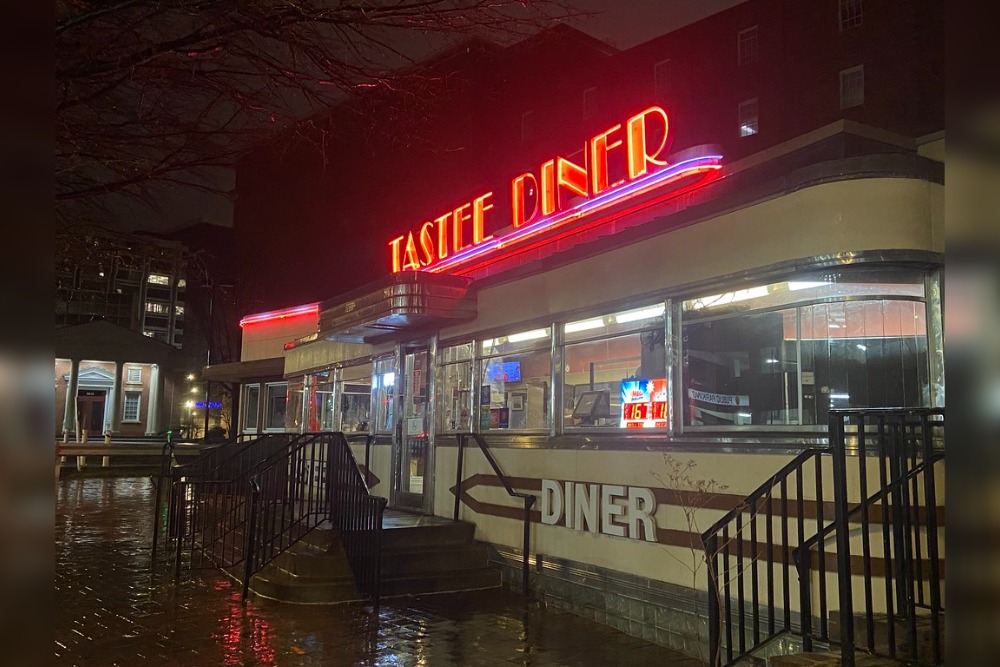
Built in 1935 and relocated to its current spot in 1950, this pre-fabricated diner arrived by train from New Jersey. The black and white checkered floor has seen everything from first dates to business deals, while the pie case continues to tempt customers with rotating selections of homemade desserts.
Tastee represents the mobility and adaptability that made diners a uniquely American institution.
Frank’s Diner – Kenosha, Wisconsin
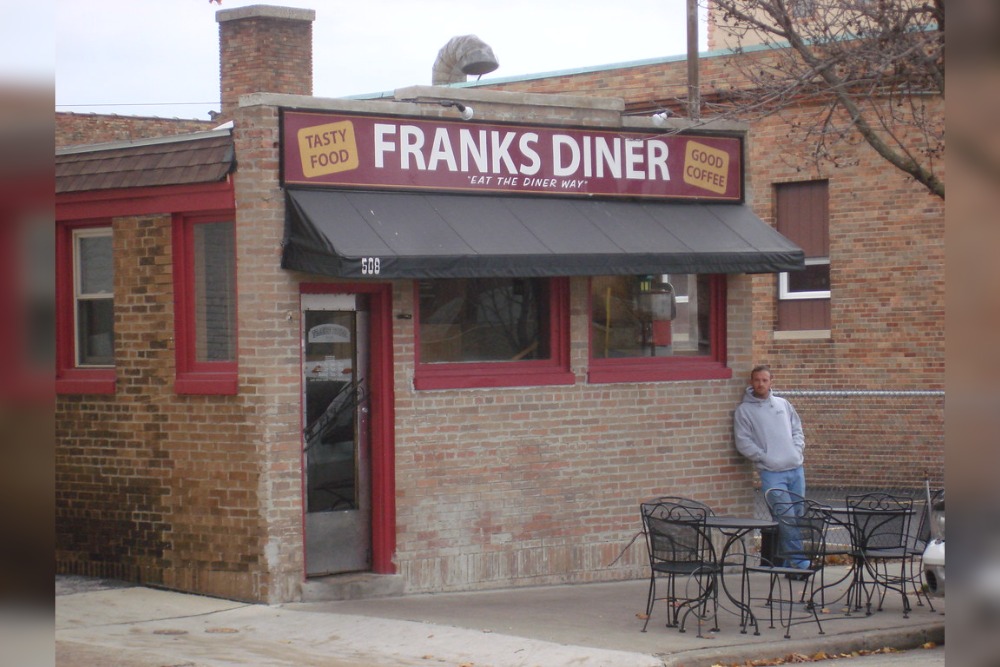
Housed in a 1926 railroad car, Frank’s brings new meaning to the term ‘dining car.’ The narrow space forces strangers to become temporary neighbors, sharing stories over coffee that’s strong enough to fuel locomotives.
This converted train car proves that America’s best diners often have the most interesting origin stories.
The Busy Bee Café – Atlanta, Georgia
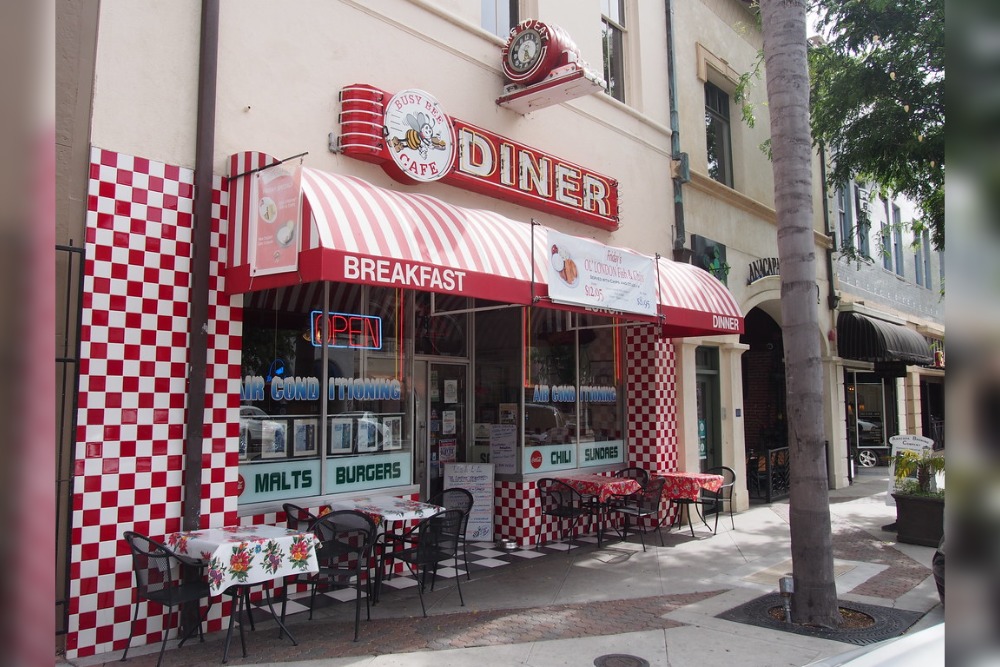
Operating in the same location since 1947, the Busy Bee has fed everyone from civil rights leaders to modern-day politicians. The fried chicken recipe hasn’t changed in decades, though the sweet tea remains legendary throughout the South.
This establishment shows how diners can become gathering places that transcend simple dining experiences.
Like Travel Pug’s content? Follow us on MSN.
Pea Soup Andersen’s – Buellton, California
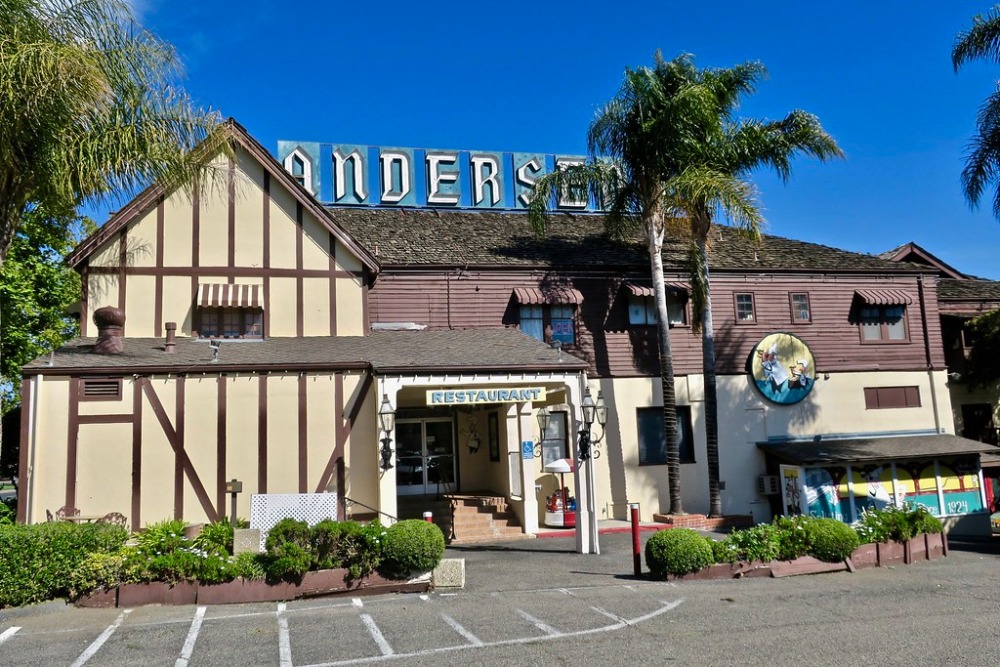
From 1924 until its closure in 2024, this roadside institution served split pea soup to travelers making their way up and down the California coast for exactly a century. The original recipe came from Denmark, though the restaurant’s windmill architecture and endless soup refills became distinctly American traditions.
Pea Soup Andersen’s represented the immigrant influence on classic American diner culture, where Old World recipes met New World hospitality on the open road.
The Beacon Drive-In – Spartanburg, South Carolina
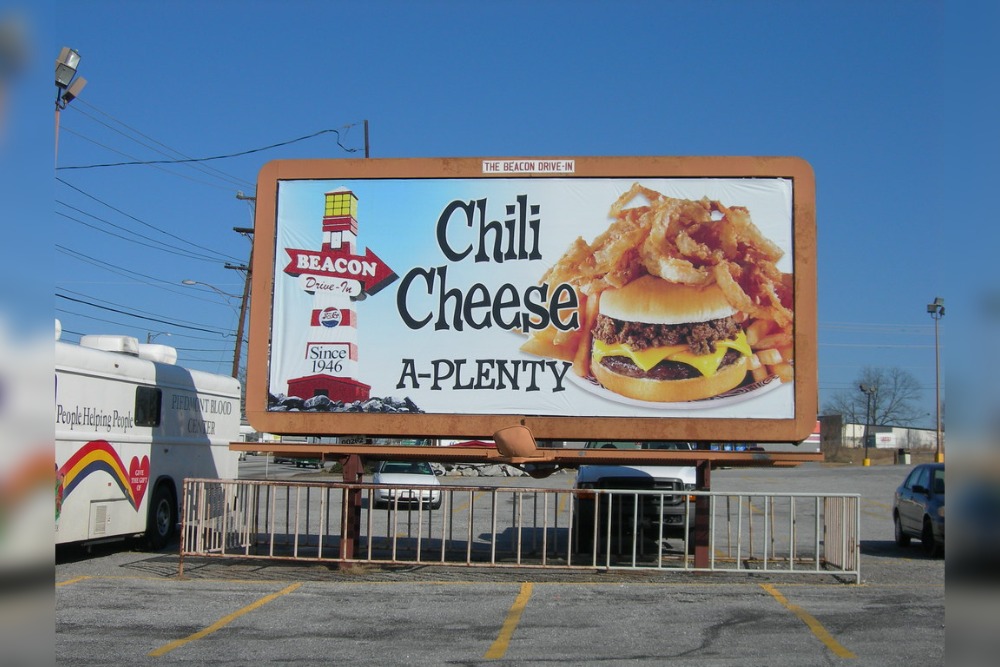
This cafeteria-style establishment has fed families since 1946, processing orders with military precision yet maintaining Southern hospitality. The ‘a-plenty’ plates come loaded with enough food to feed small armies. Meanwhile, the sweet tea flows like water throughout the Carolinas.
Beacon represents the Southern interpretation of diner culture, where portions match the region’s legendary hospitality.
Matt’s Bar – Minneapolis, Minnesota
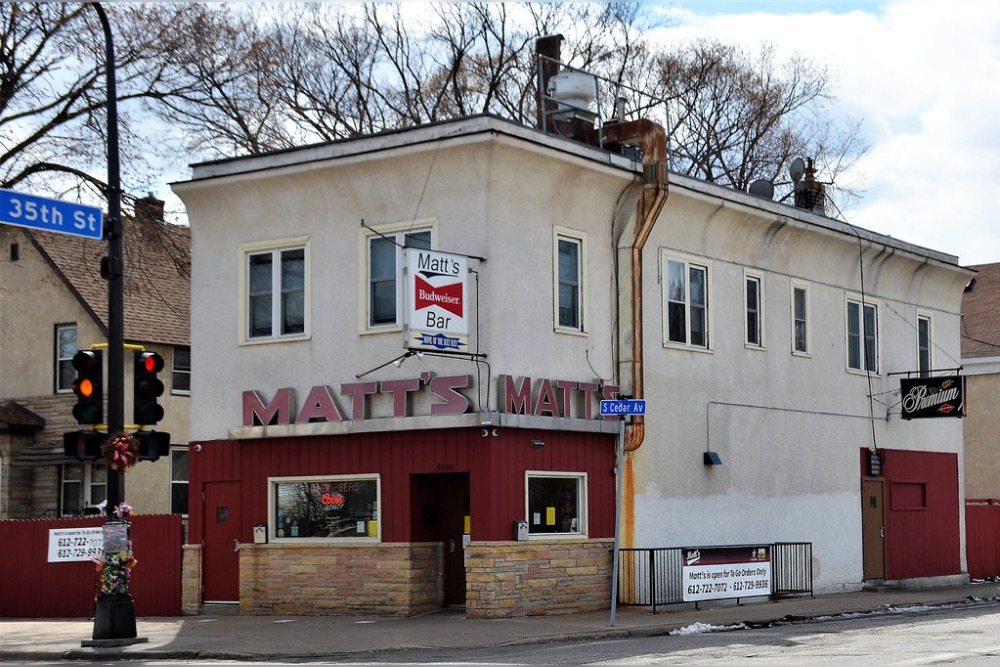
Since 1954, this South Minneapolis institution has been home to the original Jucy Lucy—a cheeseburger with the cheese sealed inside the patty rather than on top. The no-frills atmosphere hasn’t changed much since Eisenhower was president, though the debate over whether Matt’s or the nearby 5-8 Club invented the Jucy Lucy still rages.
Matt’s proves that sometimes the best diners are the ones that perfect one signature dish and never mess with the formula.
Like Travel Pug’s content? Follow us on MSN.
The Spot Drive-In – Sidney, Ohio
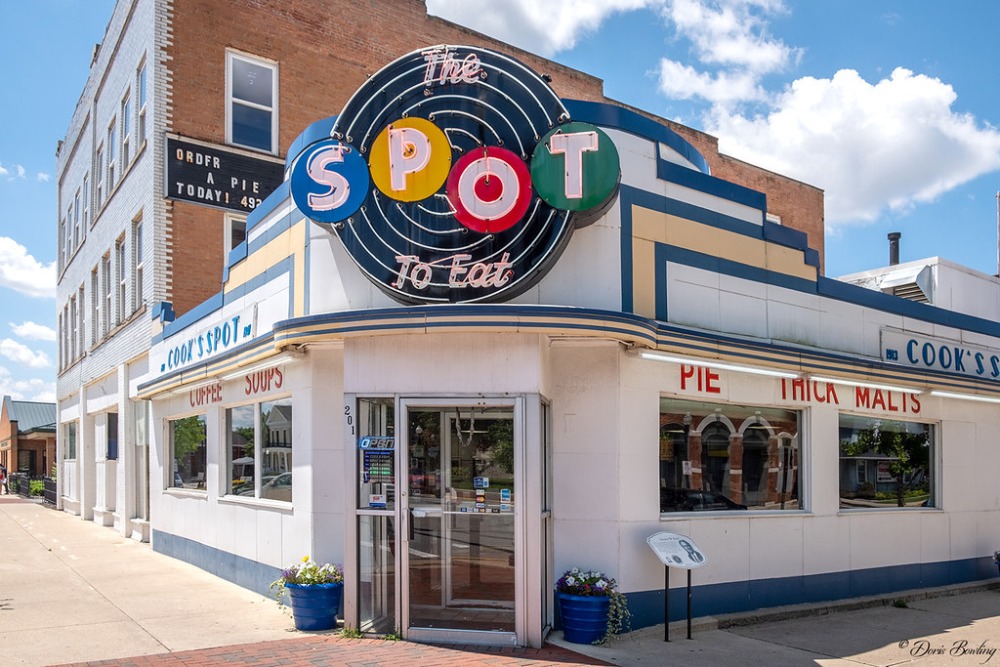
This 1940s car-hop establishment still serves customers in their vehicles, complete with window trays and servers on roller skates during summer months. The root beer gets made on-site, though the onion rings achieve a level of perfection that’s inspiring pilgrimages from neighboring states.
The Spot demonstrates how some diners preserved the drive-in culture that defined American dining in the post-war era.
Village Restaurant – Red Hook, New York
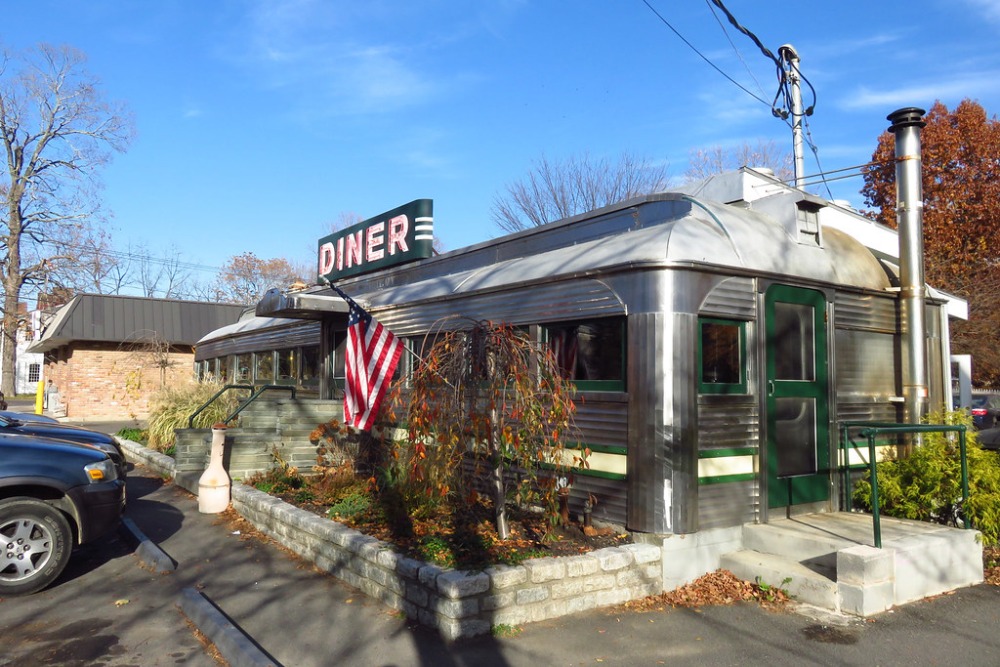
Housed in a converted 1940s diner car, this Hudson Valley gem maintains the intimate atmosphere that made classic diners special. The breakfast menu runs all day, while the apple pie comes from fruit grown in nearby orchards.
Village Restaurant shows how diners can celebrate local ingredients yet honor traditional preparation methods.
The Farmer’s Daughter – Cheshire, Connecticut
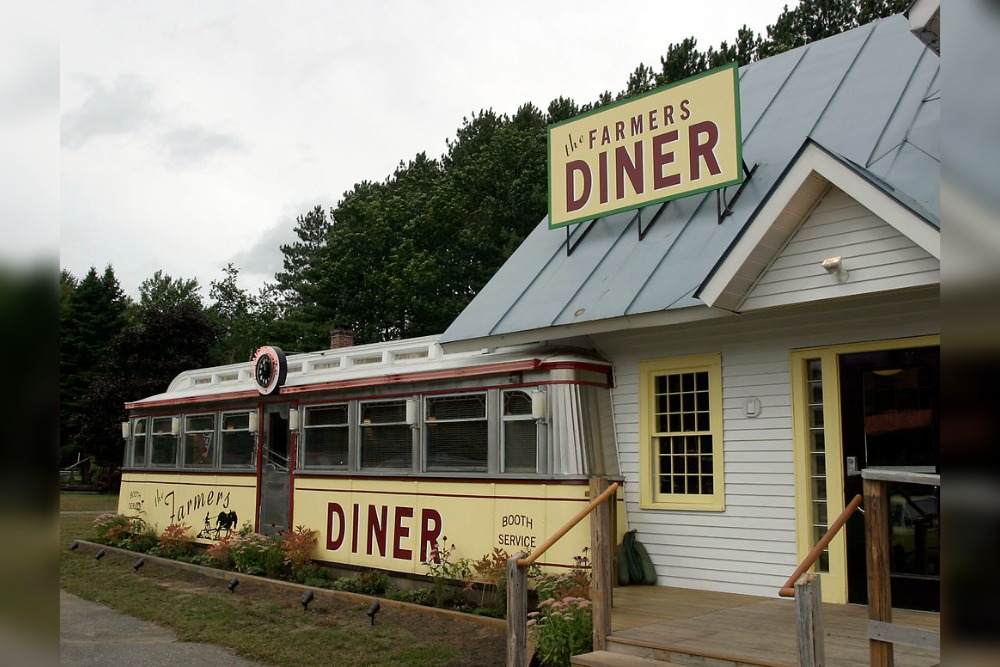
Operating since 1952, this family-owned establishment treats every customer like extended family returning for Sunday dinner. The bread gets baked fresh daily, though the soup recipes have been passed down through three generations of the same family.
Farmers Daughter represents the family dynasty aspect of classic American diners, where traditions transfer from parents to children like precious heirlooms.
Like Travel Pug’s content? Follow us on MSN.
Where Roads and Memories Intersect
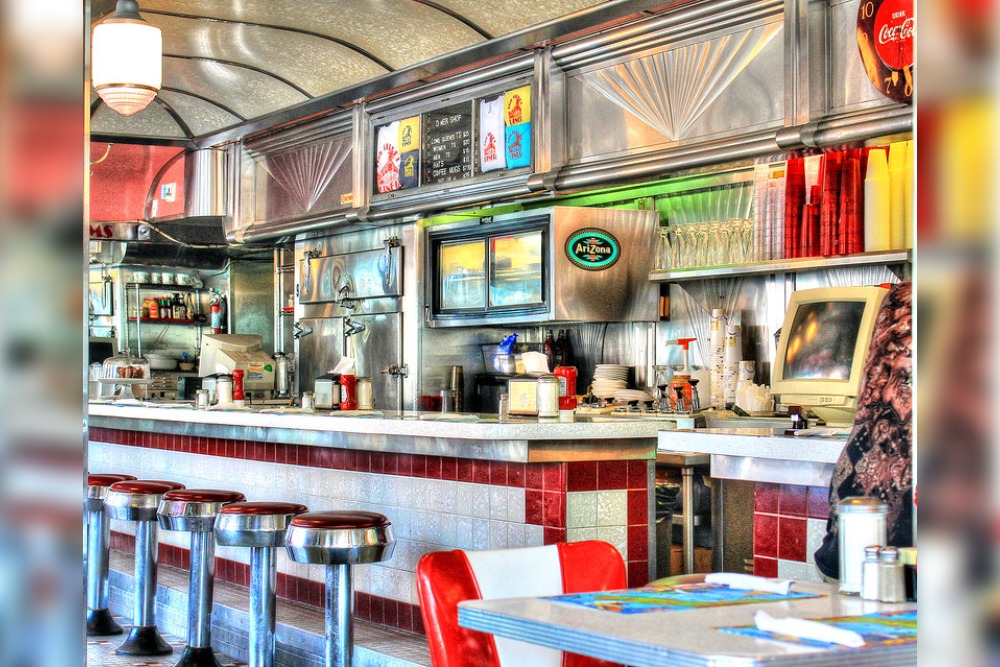
These classic diners represent more than just places to eat; they’re repositories of American culture where strangers become friends over shared meals and strong coffee. While interstates speed travelers efficiently between destinations, blue highways reveal the America that exists between Point A and Point B. Each of these establishments survived decades of economic uncertainty, changing food trends, and corporate competition by focusing on what diners do best: providing honest food, genuine hospitality, and a sense of community that chain restaurants can’t replicate.
The next time you’re tempted to grab fast food at an interstate exit, consider taking the blue highway instead. You might discover that the best part of your journey isn’t reaching your destination, but finding the authentic America that still exists along the roads less traveled.
More from Travel Pug

- 20 Best Beach Towns in the Carolinas
- 13 Destinations Where Tourists Regularly Regret Their Trip
- 20 Things You Actually Get in First Class
- 20 Small Airports With Aviation Museums
- 20 Places in the U.S. That Are Perfect for a Reset Trip
Like Travel Pug’s content? Follow us on MSN.
